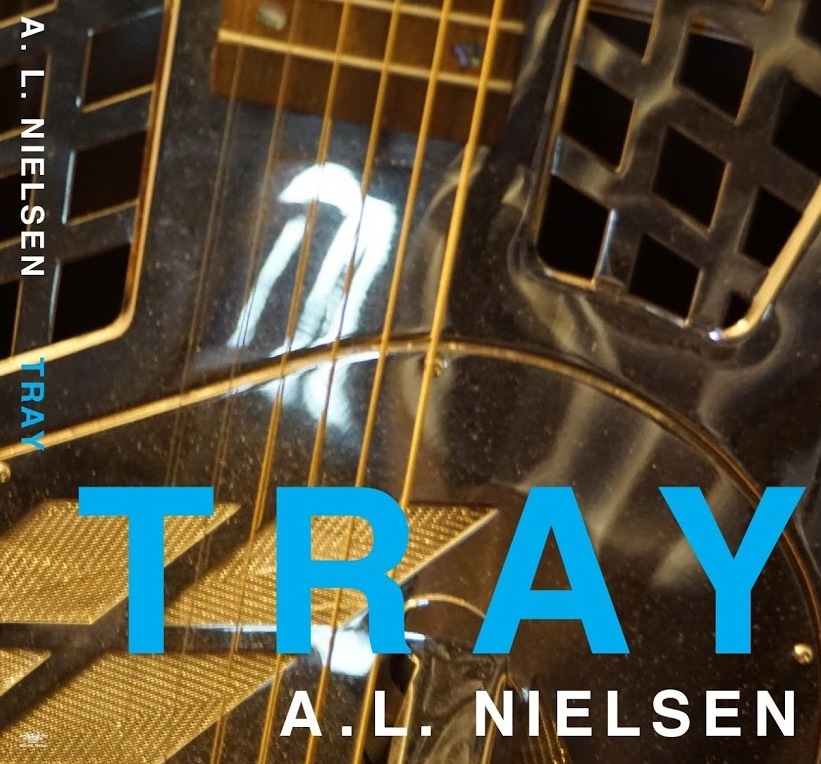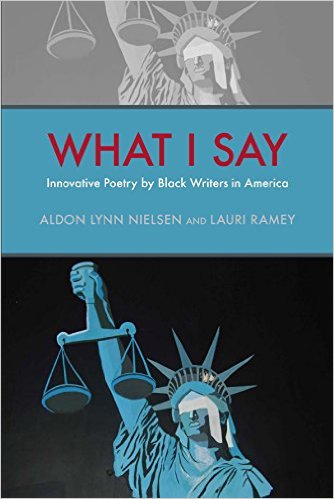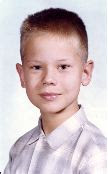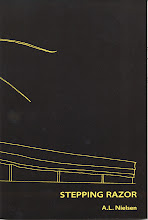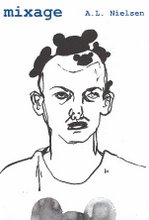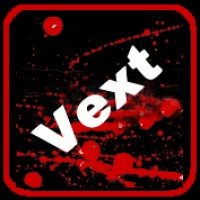Tuesday, January 29, 2008
"AMERICA'S FOREMOST BLACK INTELLECTUAL"
Sunday morning, December 30, I was sitting in a hotel having breakfast before another round of MLA panels and meetings. As usual, I was ranging freely through my morning newspapers.
Then, I came to this sentence:
"America's foremost black intellectual has published a slender book about the most interesting presidential candidacy since 1980."
Now, as someone who generally keeps up with publications in African American thought and culture, I felt badly that I must have missed something. Had Tommy Lott, Charles Mills, Anita Allen, Lucius Outlaw, Naomi Zack, Kwame Anthony Appiah or any of the dozens of other possible contenders for this honorific (depending on what areas of discourse you're contemplating in trying to determine a "foremost black intellectual" -- my short list here is just some of the philosophers, for a start) published a book on such a timely subject that I had completely overlooked?
And just who was it, writing on the Op Ed pages of the WASHINGTON POST, who felt qualified to make such an encompassing and definitive judgment?
Well . . . it was George Will.
And, and least in his view (and lord knows how many books by leading black intellectuals he must have carefully attended to before making such a measured determination), America's foremost black intellectual is . . . .
(envelope please)
Shelby Steele.
Somewhat redundant, no?, to tell us that a book by Steele is slender.
"So fecund is Steele's mind," Will assures readers, "he illuminates the racial landscape that Obama might transform."
Having had some experience of the mind of Dr. Steele, I'm not sure "fecund" is the first term I might apply, but it is certainly true that something regarding our racial landscape is illuminated in Will's sweeping declaration.
Saturday, January 26, 2008
Err-Residence - Jennifer Scappetone

I've just come back from another quick trip to Chicago for a lecture and while there I had a brief visit with poet Jennifer Scappettone. I came away bearing a copy of her new chapbook, Err-Residence, (whose title had my brain doing all sorts of strange things involving Neruda's RESIDENCIA EN LA TIERRA).
among the many delights to be found here, the sudden appearance of the neologism "hackquiescent." Look out, OED.


The book is from Bronze Skull Press, and you can reach them at:
2542 N. Bremen, #2
Milwaukeee, WI 53212

and by the way, this art work is by Roberto Harrison.
Saturday, January 19, 2008
More from the Modern Language Association 2007

Haven't been able to get back to this space to finish this year's MLA posting till after I got back to Penn State and got the new semester off the ground, but here we go, starting out in the lounge at the Los Angeles airport.
In addition to various bits of business, I was on two panels at the Chicago conference. The first was a session reconsidering the Black Arts Movement, organized by Margo Crawford. Along with Margo, the presenters included Jim Smethurst, Carter Mathes and me, ably chaired by Mae Henderson. In many ways this panel was a continuation of the work we had done at the Larry Neal Conference in Brooklyn, subject of an earlier blog. I was also asked to serve as respondent on a panel organized by Small Press Distributing. That panel, titled BREAKING INTO PRINT: MULTICULTURAL AUTHORS AND INDEPENDENT PUBLISHERS, gave me my first chance to meet the remarkable poets Tisa Bryant and Renee Gladman, whose work I have been following for years. Old friend Susan Schultz spoke, along with Eric Keenaghan, a scholar whose work is new to me, who addressed the work of another of my favorites, Jose Lezama Lima. I wasn't able to get to as many panels as I usually like to, but I did make it to a film division session along with my usual round of poetry sessions.
Here are the opening paragraphs of my presentation for the Black Arts panel:
"The Cry of My People"
"What time is it?" Still a good question more than three decades after composer / saxophonist Joe McPhee shouted it into a room at Vassar College’s Urban Center for Black Studies as a kickoff to a burning performance of his composition "Nation Time." McPhee was timely; it was, to borrow a phrase out of that time, "right on" time, though his performance was, in a sense, before its time. Recorded live, this concert was hardly heard in its time, circulated as an LP from CJR Records, and only became more widely known when it was rereleased three decades further on by the appropriately named Atavistic Records in their still more appropriately named "Unheard Music" series. This particular unheard music comprised a nineteen minute instrumental extravaganza built around the simple opening riff but rapidly gathering impetus and fire from the improvisational co-authorship of McPhee’s small band of jazz giants, including Mike Kull on keyboard, Tyrone Crabb on bass and two percussionists, Bruce Thompson and Ernest Bostic. A review of the later rerelease published in the Alternative Press reports that McPhee "takes his sax to places Maceo Parker never dreamt of," a judgment that is in no way a negative comment on James Brown’s great collaborator, but is, rather, a reminder for any who may need it that the "Out" Jazz of the Black Arts and Black Power years could be every bit as funky, every bit as danceable, every bit as "relevant," to use another term of the time, as anything Soul had on offer. And this is important to recall only because seemingly so many seem in need of just such a reminder. At a conference some years ago, when a presenter played a segment from Amiri Baraka’s Motown LP Nation Time titled "Who Will Survive America?" Askia Muhammed Touré could be heard to comment from his seat in the front row, "we used to boogaloo to that." In retrospect, many have forgotten the purchase that the most avant garde music had on an energized youth audience in those years. We have been told so often since that Free Jazz somehow turned away from the audience and killed the genre that it requires a certain amount of rerelease to overcome the negative commentaries about this music circulated since mostly (with always the exception of the exceptionally dour Stanley Crouch) by people who had not been there.
An urban center for Black Studies is not the sort of thing most now associate with Vassar, but it was there and it provided time for McPhee’s unfolding of his music. The recording of "Nation Time" happened during concerts in December of 1970, only months after Amiri Baraka had published his chapbook It’s Nation Time through his own small press, Jihad. It was work that had quite deliberately not been included in Baraka’s last significant collection of poetry from a major commercial press, Black Magic, work that he was to perform incandescently at the climax of the Black National Political Convention in Gary, Indiana in March of 1972, an enactment of the poem so effective with the massive audience there gathered that even so mainstream a figure as the Reverend Jessie Jackson immediately took up the call and its response: "What time is it? It’s Nation Time." Baraka had explained the origins of his poem as coming directly out of the greetings black people offered to each other in the streets back in the day, a way of calling one another to the time. Both Baraka’s poem and McPhee’s music underscore something too easily and too often forgotten in the intervening years; that while it is true that any amount of essentialism could be sensed floating in the air like incense at any such gathering in the late 1960s and early 1970s, nation was not a given. Nation was, to put it mildly, a social construction, in time. Like what happened at Vassar in December of 1970, Nation was a constant improvisation within the parameters of the day.
A few years earlier, when I was still a high school student, one of the local television stations in Washington, D.C., sent a camera crew and reporter to cover the activities of the recently established New School for Afro American Thought. Its founding director, Gaston Neal, explained the aims and aspirations of the new (and too short-lived) institution while standing next to a table obviously organized to give the camera a view of the intellectual equipment for the cultural revolution in progress. There were heaps of books displayed against an African themed fabric, and in their midst, centered in the camera’s shot, was the posthumously released last recording session of John Coltrane. The New School, located on Fern Place, NW, grew out of the activities around the Cardozo Area Art Committee and had links back across the continent to the young activists who had formed the proto-Panther organizing around Merritt College in Oakland. I couldn’t have known it at that young age, but Gaston Neal had been a friend of Amiri Baraka’s since the two met during the then LeRoi Jones’s return visit to D.C. on a reading trip in the company of Beat poets Allen Ginsburg and Ray Bremser, a visit memorialized in Baraka’s poem "One Night Stand." Neal had been part of D.C’s own black Beat scene and, along with Baraka, A. B. Spellman and others, had made the political move to a cultural nationalism that found its most efficacious expressions in the music, poetry and drama. Coltrane had already in 1967 come to serve as a synechdoche for all that was summed up in the characterization of the new institution’s educative goals. Here was an essential, if one were required. Clearly Coltrane was central to any curriculum in the new consciousness, to any syllabus of new Afro American thought.
That confluence of the black Beat with the emergent New Thing in jazz and the new consciousness called for in the seemingly unending series of manifestoes of the day was the key to a remarkable phenomenon that has yet to be fully acknowledged (though it has often been fully questioned), a genuinely popular and populist avant garde. It was a structure of innovation and collaboration that had been building for many years. While it was certainly the case that Harlem Renaissance era poets had made much of jazz, and that some among the musicians befriended the poets and politicians of their day, there was then nothing quite like what was later to be undertaken by the Black Arts Repertory Theater School and its innumerable progeny. Composers such as Ellington had often made racial politics a core thematic in their work and poets, including Sterling Brown, had seen in jazz an embodiment of black aspiration and accomplishment. By mid-century, a new constellation of mutual influence was becoming visible. In a soon-to-be-published posthumous work, titled Don’t Deny My Name, Lorenzo Thomas, observes that : "The militant attitude of writers such as [Larry] Neal was reflected–and perhaps instigated–by jazz musicians, whose playing matched the intensity of an entire generation of African American intellectuals who were too young to know much about Jim Crow but old enough to see that integration was, at best, a barely hatched chicken if not a bird in the bush" (116). By the time that Baraka was publishing his first collection of poetry, Charles Mingus had already composed the searing "Fable of Faubus." Shortly thereafter, Max Roach had gone into the studio with Abbey Lincoln, Walter Benton, Julian Priester, Booker Little and even Olatunji to record his monumental We Insist! The Freedom Now Suite. Nearly contemporaneous with the advent of what can truly be termed "Free Jazz," Roach’s work signaled a rising sense of political commitment among jazz artists following on the radical heels of the Bop generation, of which Roach had himself been a featured player (though Roach was an early resister of the Free Jazz assault upon harmony). Much as there was clearly a new political spirit abroad in the land as the resurgent Civil Rights movement gathered force, there was an evolving sense among the artists that their own creativity was moving in parallel to the creativity of the movement. In his volume This Is Our Music, which takes its title from a landmark Ornette Coleman album, Iain Anderson argues that jazz musicians were more and more coming to view their work in much the same way as Beats, abstract expressionists and San Francisco Renaissance poets, "not as self expression but as self alteration" (54). And, as Roach’s composition "Tears for Johannesburg" demonstrated, tracking closely with the demonstrations of the poets themselves (one thinks here of Baraka meeting Touré for the first time at a demonstration outside the United Nations), black musicians, poets and political activists all saw their work as part of a growing internationalist development. This was a progressive globalization in the wake of decolonization and the world-wide struggles for liberation

Wednesday, January 16, 2008
LEARNING RACE AND ETHNICITY

This week's mail brings a new volume in an ambitious study sponsored by the MacArthur Foundation, a series of volumes examining issues in new media and education, published by MIT Press.
The volume seen here takes as its focus Race, Ethnicity and Youth, and is edited by Anna Everett, well known to long time readers of this blog, and indeed to me.
Here's the volume description from the press and a link to its Amazon listing:
Book Description
It may have been true once that (as the famous cartoon of the 1990s put it) "Nobody knows you're a dog on the Internet," and that (as an MCI commercial of that era declared) on the Internet there is no race, gender, or infirmity, but today, with the development of web cams, digital photography, cell phone cameras, streaming video, and social networking sites, this notion seems quaintly idealistic. This volume takes up issues of race and ethnicity in the new digital media landscape. The contributors address this topic--still difficult to engage honestly, clearly, empathetically, and with informed understanding in twenty-first century America--with the goal of pushing consideration of a vexing but important subject from margin to center.
Learning Race and Ethnicity explores the intersection of race and ethnicity with post 9/11 politics, online hate-speech practices, and digital youth and media cultures. It examines universal access and the racial and ethnic digital divide from the perspective of digital media learning and youth. The chapters treat such subjects as racial identity in the computer-mediated public sphere, minority technology innovators, new methods of music distribution, digital artist Judy Baca's work with youth, Native American digital media literacy, and minority youth technology access and the pervasiveness of online health information.
Contributors:
Ambar Basu, Graham D. Bodie, Dara N. Byrne, Jessie Daniels, Mohan J. Dutta, Raiford Guins, Guisela Latorre, Antonio López, Chela Sandoval, Tyrone D. Taborn, Douglas Thomas.
About the Author
Anna Everett is Professor of Film Studies at the University of California, Santa Barbara.
LEARNING RACE AND ETHNICITY: YOUTH AND DIGITAL MEDIA
Tuesday, January 01, 2008
MLA Off-Site Reading - Dec. 28, 2007




